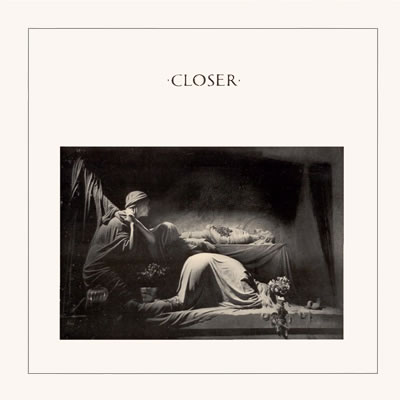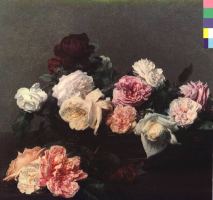Andrew Churchman – Album Cover Design
As digital music services such as Spotify, Tidal, and Apple Music compete for our attention, as an artist and musician I often lament the slow disappearance of physical media. Sure, I love my Spotify Premium subscription as much as anyone but do you remember what it was like to go into a record store and browse through the racks of LPs, CDs, or cassettes? Over the last few years there have been plenty of reports proclaiming the resurgence of vinyl records (even Whole Foods has begun to sell LPs) but 2016 has in fact been the worst year for overall album sales since 1991 (via Spin.com).
What we gain from the immediate satisfaction of streaming a song, we lose in of the enjoyment of the physical packaging of recorded music. Have you ever taken a chance on an album just because the artwork struck you? I have. While it’s been said that you can’t judge a book by its cover, you can judge an album by its sleeve. For me, an album cover enhances the listening experience and colors the music. I want to highlight three designers that I feel have elevated the medium of album design not only as a result of their unique visual aesthetics but also the quality of the music with which they were involved.
Peter Saville: As a young art student in Manchester, England in the late ‘70s, Saville would define the look and feel of the lauded record label Factory Records.
Home to groups such as Joy Division, New Order, and A Certain Ratio, Saville broke away from the raw, Xeroxed look of first wave punk albums and began to appropriate highbrow influences such as classical imagery and modern typography into his album designs.

His dedication to his craft has reached mythical proportions, with stories of the artist delivering posters for gigs after they occurred, because he was not yet happy with the finished product, and designing an album cover comprised of sandpaper.
Vaughan Olivier: Like Peter Saville at Factory Records, Vaughan Oliver’s design work would become synonymous with the London record label 4AD.
While Factory incorporated additional designers aside from Saville, Oliver was essentially 4AD’s exclusive designer throughout the entirety of the 1980’s. What this meant was that each record released by the label bore Oliver’s unique, dreamlike aesthetic. A customer could identify an album as being released by 4AD just by looking at the sleeve. For groups such as the Cocteau Twins, Pixies, and Red House Painters, Olivier created a visual world that was almost inseparable from the music.
Mark Robinson: A musician, designer, and founder of Teenbeat Records, Robinson was influenced by both Saville and Olivier but put his own distinctively American spin on his work. From his home in Washington, DC in the mid-‘80s, Robinson’s designs for Teenbeat Records began as Xeroxed tape covers and evolved into magnificently quirky and engaging artwork.
The designs for his own groups Unrest, Air Miami, and Flin Flon are pillars of American indie-rock design. A dedicated archivist, I encourage you to browse the Teenbeat website, a massive design achievement in itself, where Mark has documented an exhaustive amount of label ephemera (including toothbrushes and drink coasters). When not making music or releasing records, Mark can be found designing book covers for Houghton Mifflin.
Andrew Churchman

Andrew Churchman is a musician living in Cambridge, MA.















